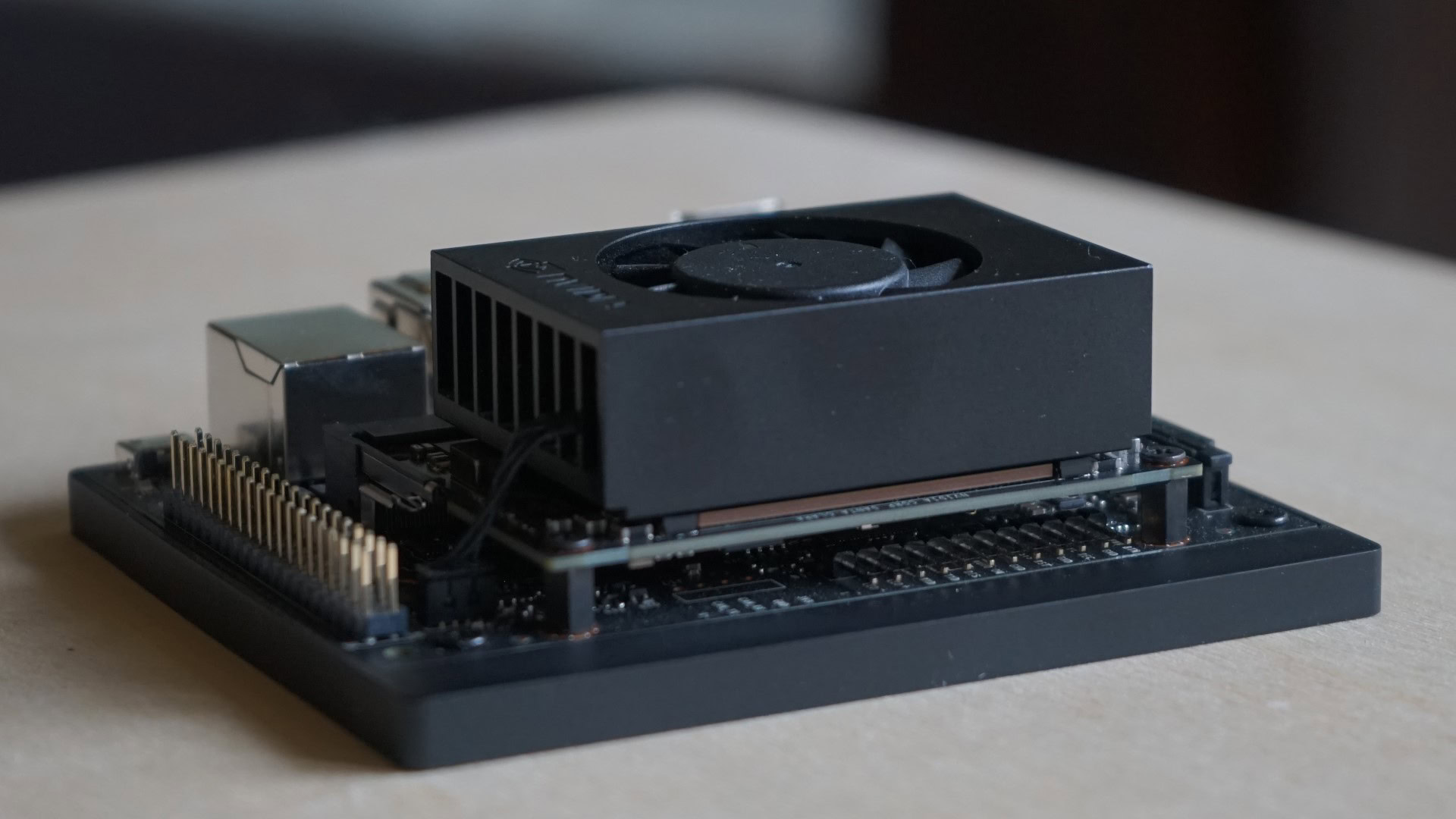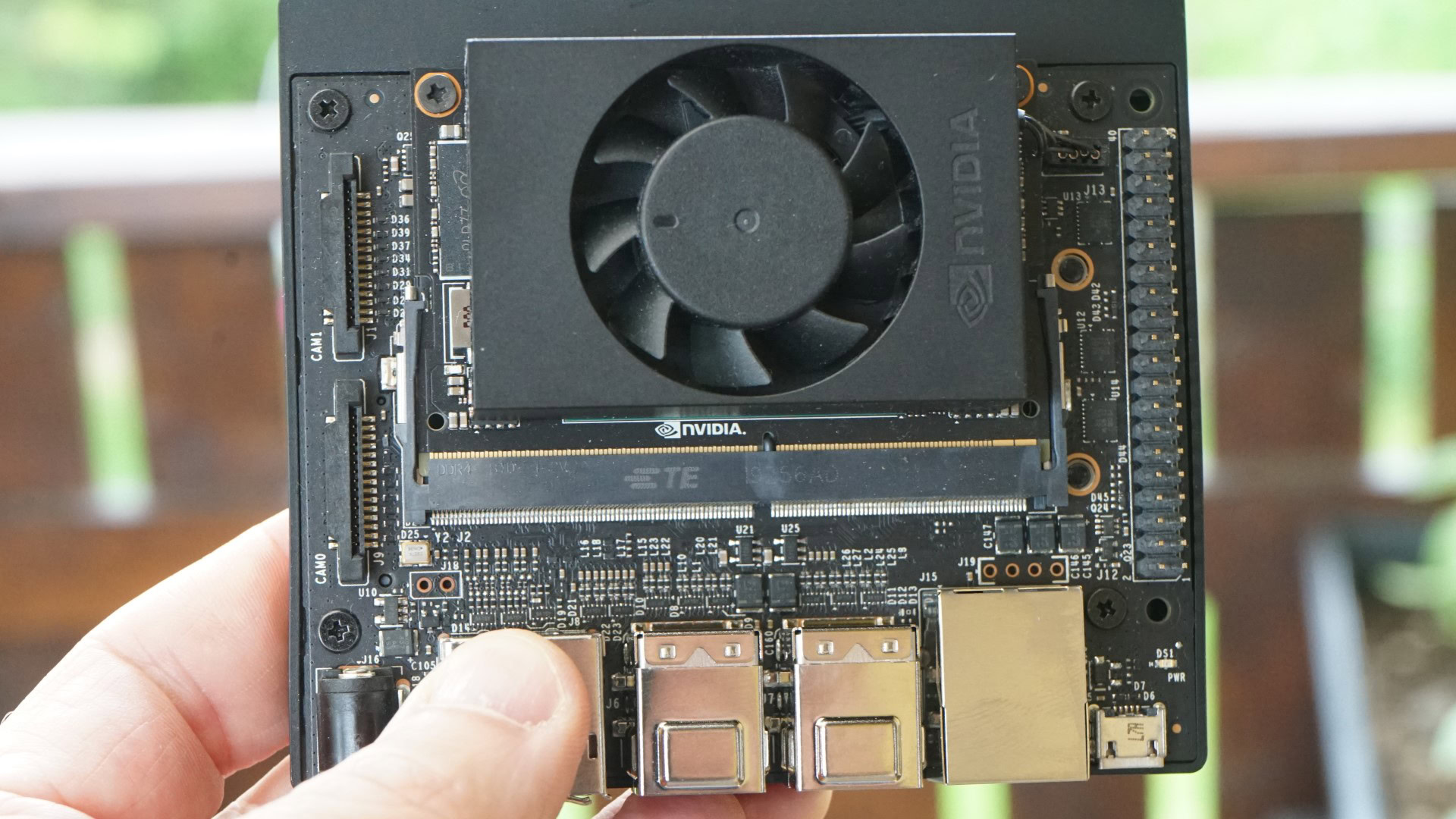📈 Good morning! After the final, keep reading a good chart of TV interests.
Hot chip cooling

Faster chips get hotter and hotter. As the transistor density increases in the CPU and GPU and the clock speed increases, so do they.
- This is a simplification, but it’s not a mistake.
- Power consumption and heat generation are two issues that cannot be completely eliminated for the processor, despite significant advances in fab node size and generally more efficient chips.
- This is an industry-wide issue. Data centers (and Bitcoin mining operations!) Are spending a fortune on cooling. PC gamers have a small dog-sized GPU to keep them cool. The CPU requires thick heatsink / fan operation.
- And in the world of our smartphones, we see the flagship chip running at full speed for just a few minutes before the heat limit causes throttle.
- Even the latest Snapdragon 8 Plus Gen 1 seemed to show a drop in peak performance after running the benchmark several times. This indicates that the form factor limit for all-glass sandwich phones has been reached. (No active cooling = there are many restrictions.)
- (Hey, this is a great opportunity to buy a new phone with a little less bleeding.)
Maybe something new will come:
- New research published in Nature Electronics It incorporates the idea of tapping a large block of metal against a chip to further cool it.
- One of the problems with using metal-based heat spreaders like copper and graphite is that they are also conductive.
- Other Disadvantages: The best solution includes a diamond heat spreader, but it’s not always cheap (!).
- And the third big problem: if the device has a heat spreader and heatsink (like a standard CPU), most of the heat is actually generated under the hot chip. That is, it is not a place that needs cooling.
- So explain Science dailyI spoke with Tarek Gebrael, lead author and UIUC PhD student in mechanical engineering.
- Gebrael’s solution theoretically addresses all three issues.
Quote:
“First, the main material used is copper, which is relatively inexpensive. Second, the copper coating completely“ wraps ”the device,” says Gebrael. Third, no thermal interface material is needed. The device and the copper heat spreader are basically integrated. In addition, no heat sink is needed.
“In our study, we compared the coating to a standard heatsink method,” says Gebrael. “We have shown that using a coating compared to a heat sink can result in very similar thermal performance, or even better performance.” Nevertheless, using a new solution Devices that do are dramatically smaller than devices that use bulky heatsinks. ‘And this means that the power per unit volume will be much higher. We were able to demonstrate a 740% increase in power per unit volume. “
Hmm!
- good! Keep in mind that this is an early stage, work is ongoing and all sorts of great cooling solutions have been promised in the past. (Speaking of which, Nvidia has its own liquid cooling settings).
- In particular, it is very important to check the reliability and durability of the copper coating. Because people use air cooling, water cooling, etc., they have to withstand all kinds of scenarios and dielectrics.
- Some fun bits: ARPA-E is funding the research and the copper coating approach has been adopted as recommended by the “Marvell Nanofabrication Laboratory”. (It’s all very complicated: read page 9 of the study. It’s not fun!)
- But if this and such research can keep our smartphones nicely cool (not to mention everything else in computing), it could be a substantial change to the status quo.
round up
🤯 Will Samsung Galaxy S23, S24 throw away the Exynos chip for a few years, aiming for a re-release in 2025? That would be a huge problem (Android Authority).
📁 Motorola could be pulling out all the stops with its 3rd generation Razr foldable camera: flagship tip, better camera (Android Authority).
⌚ Google Pixel Watch may come with USB-C charging. It’s a regular magnetic pack, but it comes with a USB-C connection (Android Authority).
📺 Google TV will eventually get individual profiles after multiple false starts (Android Authority).
📌 Google Maps historic street view images are now available on mobile (The Verge).
👻 Coal mine canaries remain silent: Snap plans to delay hiring and warns that earnings will be slower than expected — inventories have fallen by nearly 30% (inventory has fallen by nearly 30%)The Verge).
🏠 Airbnb seems to have mainly left China (CNBC).
📦 A Bloomberg According to reports, Amazon could sublease as much as “10 million square feet” (10 million square feet) after a pandemic and subsequent recession with too much warehouse space.PCMag).
👨✈️ The man who seems to have flown more time than anyone else on the 747 did AMA (r / airation).
👁 “Is there a known case where your body’s immune system detects your eye-separated immune system? And how does all of that work?” (R / askreddit)
Tuesday chart
This is a relative graph showing the relative interest of Google Search for the popular TVs in the finale, showing that Office is a very interesting outlier when it comes to TVs.

- However, as pointed out in the comments in this post, it’s also difficult for Breaking Bad and Game of Thrones to reach their peak given how expected the finale was.
- Ahem, Game of Thrones. pain.
cheers,
Tristan Rayner, Senior Editor.


Commentaires
Enregistrer un commentaire